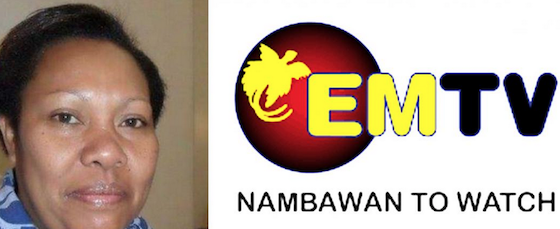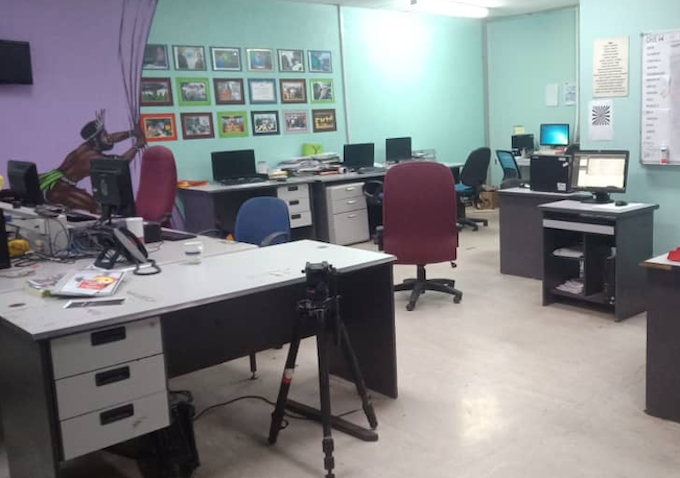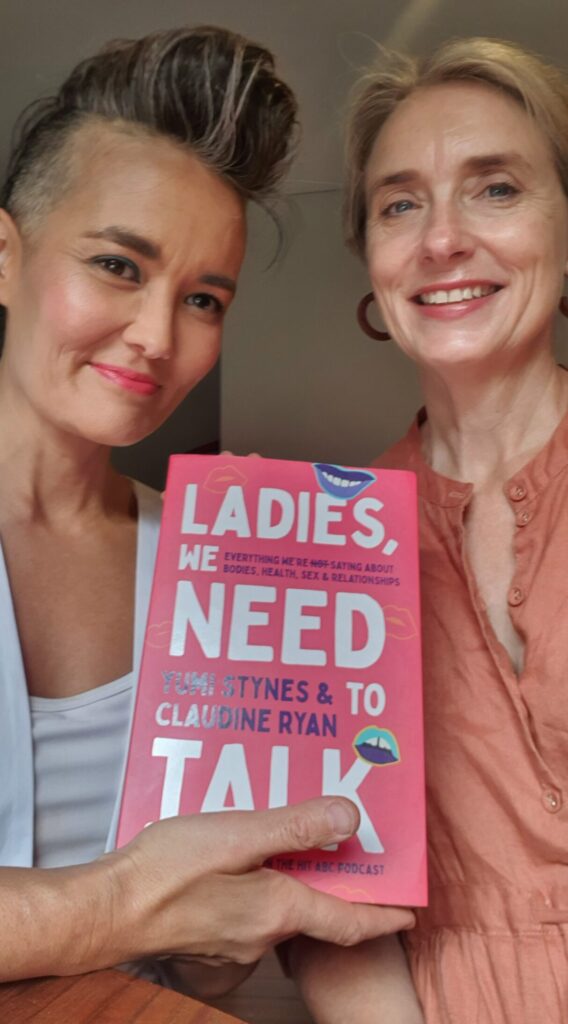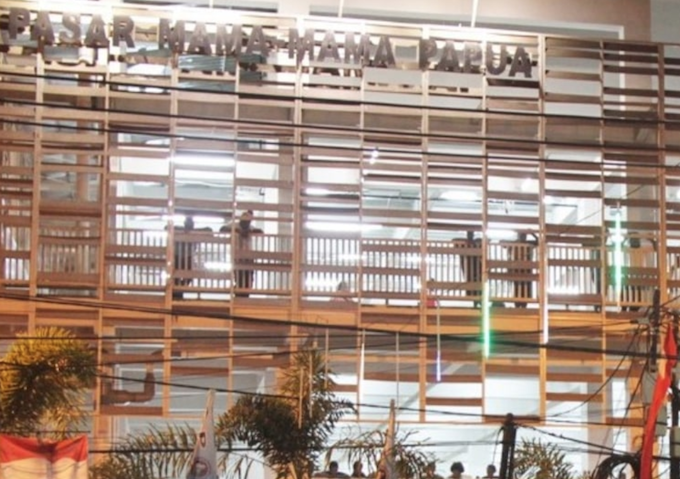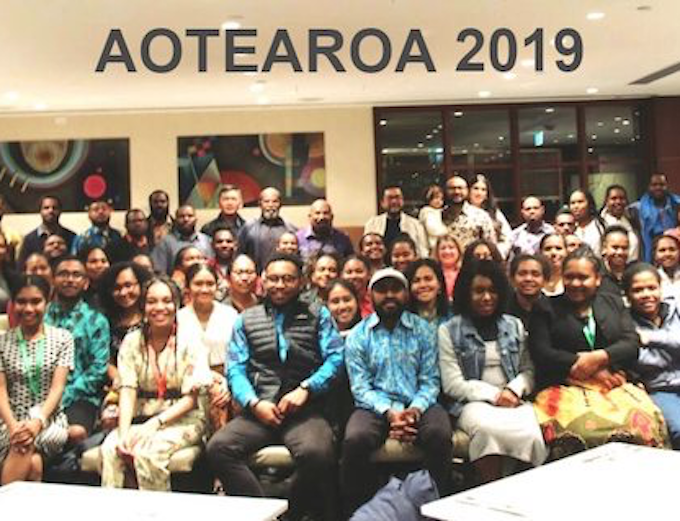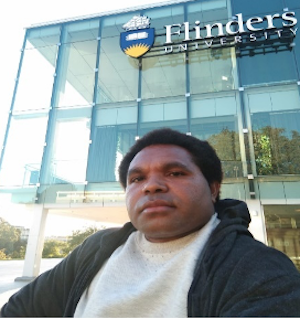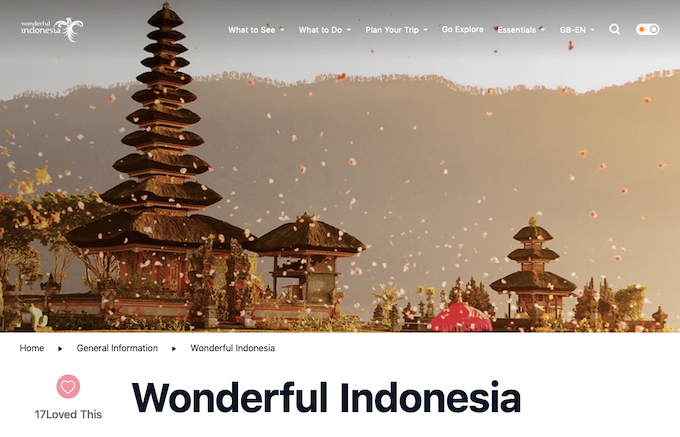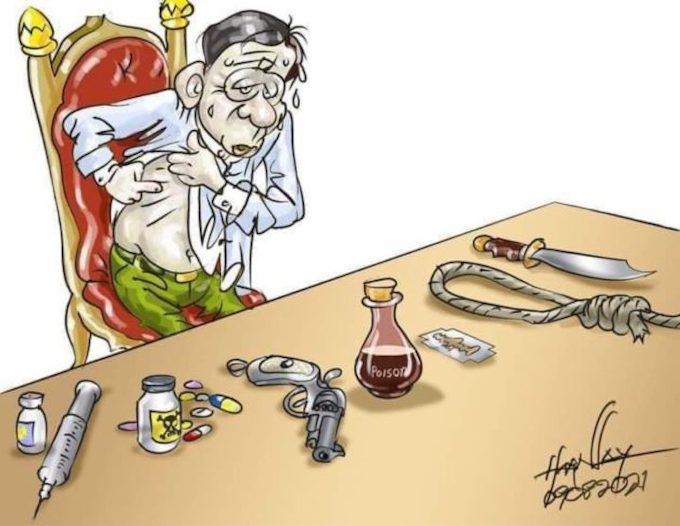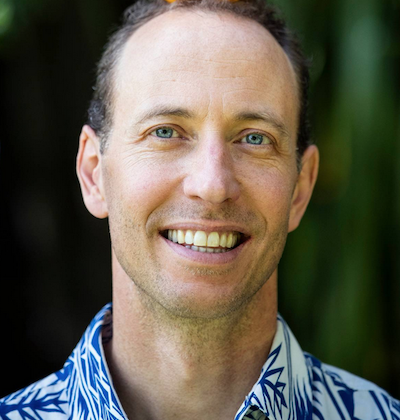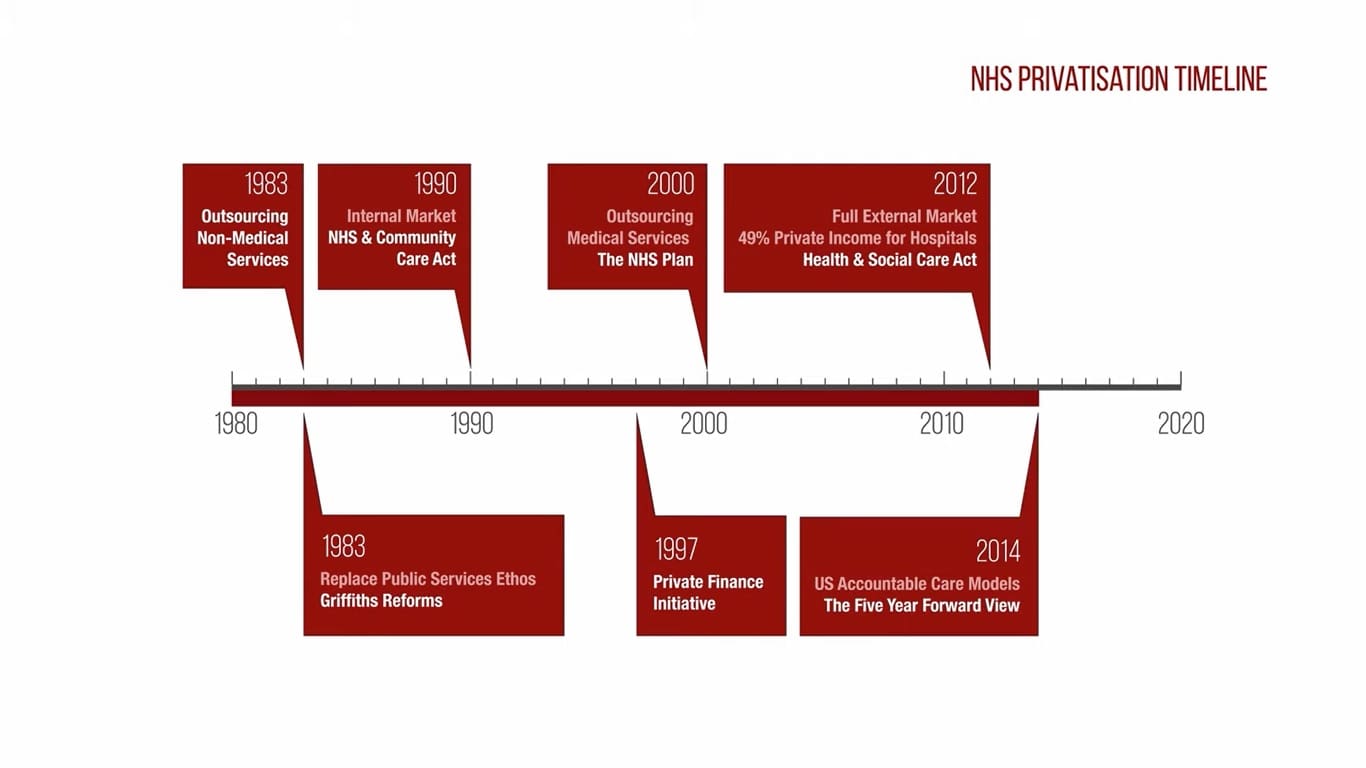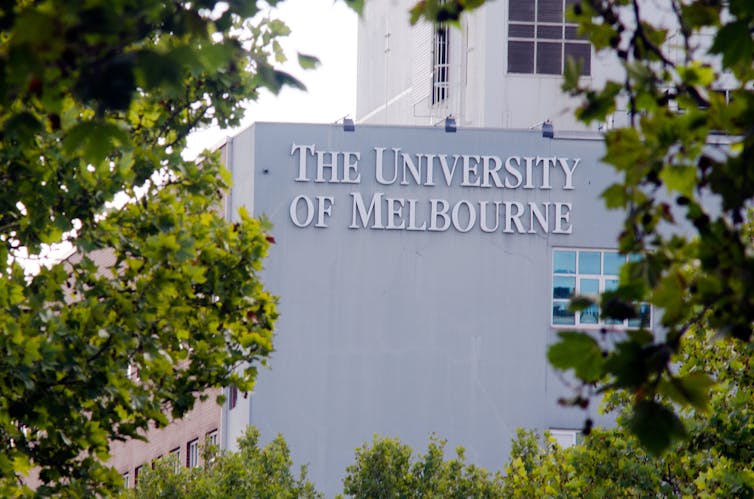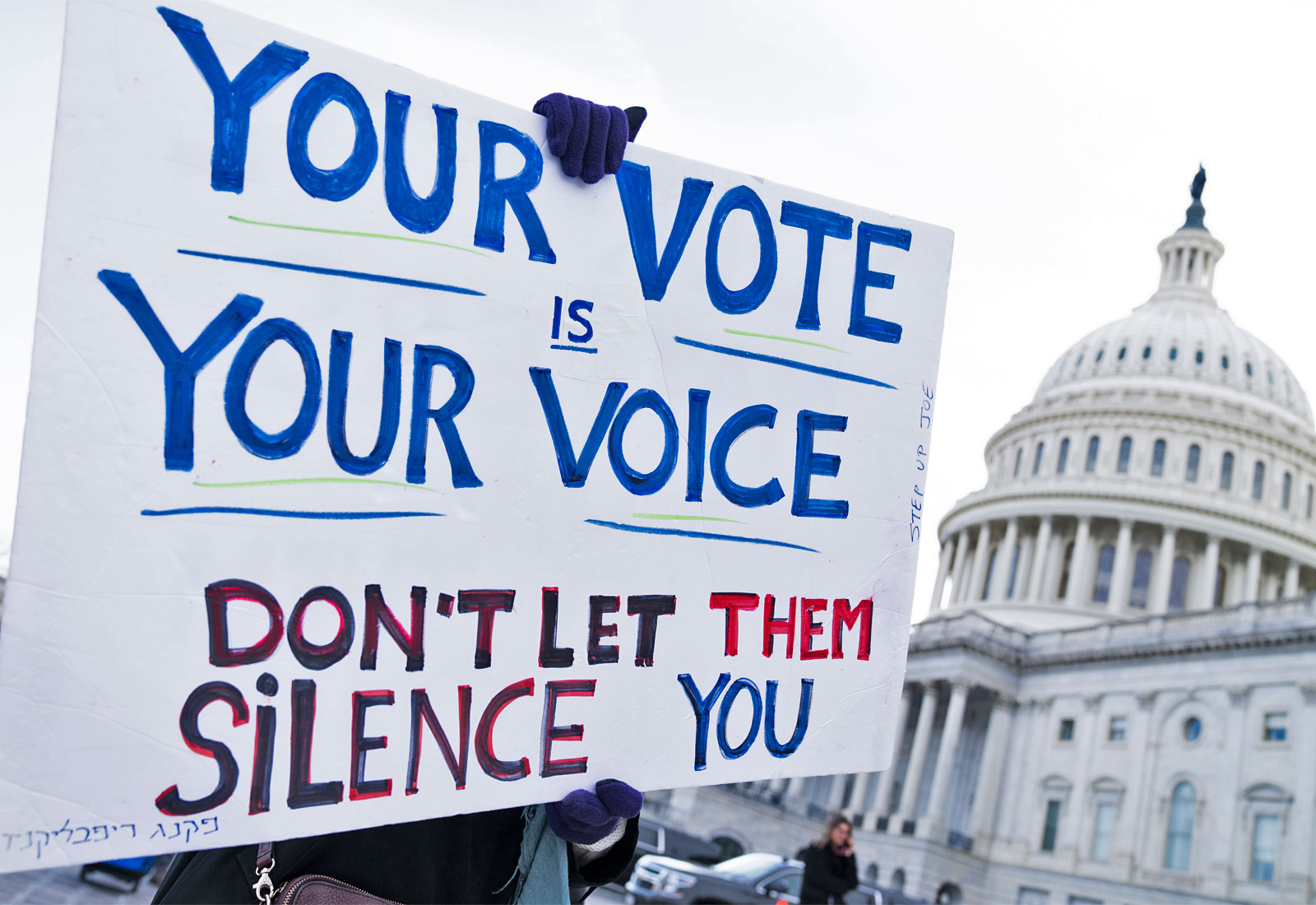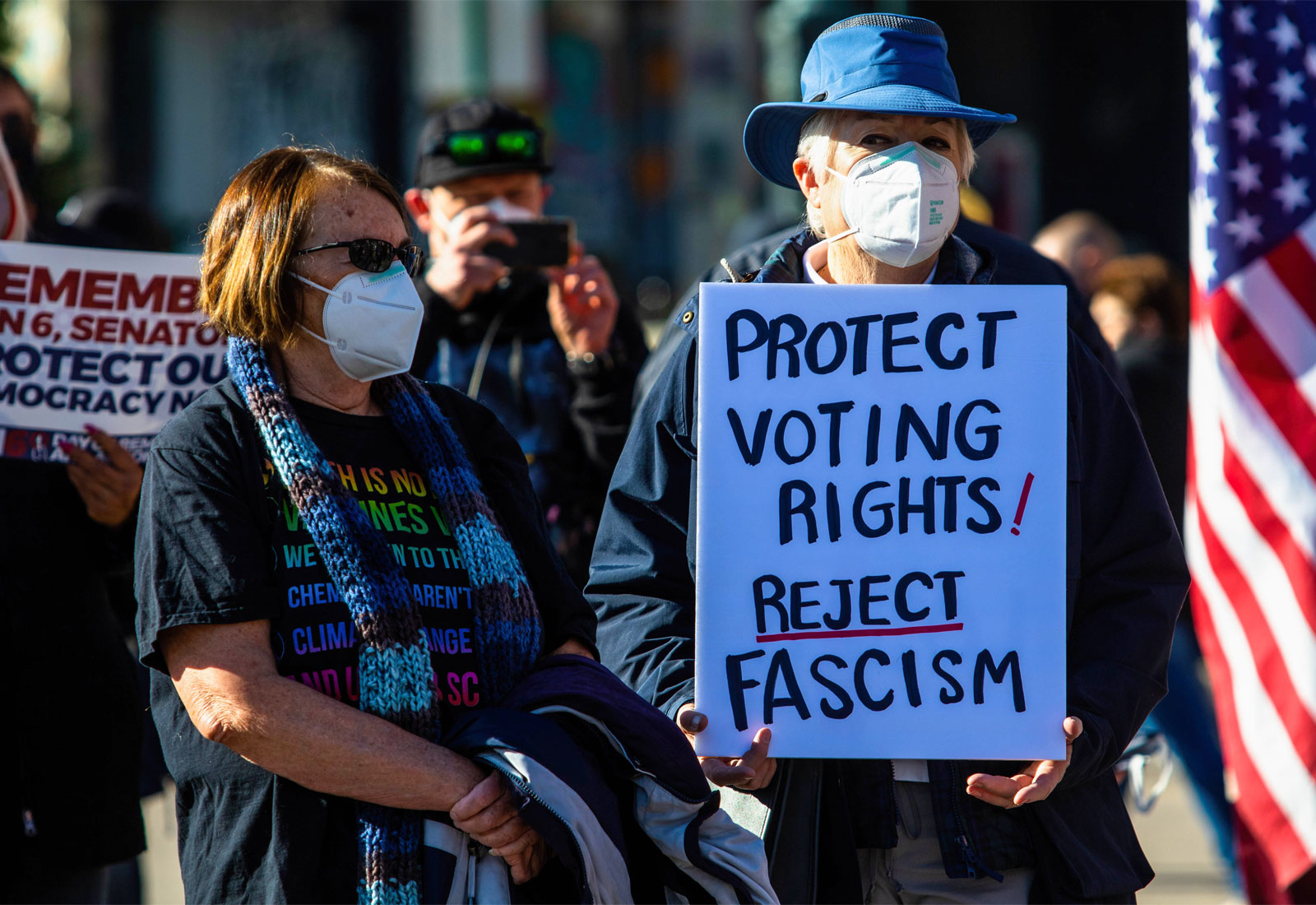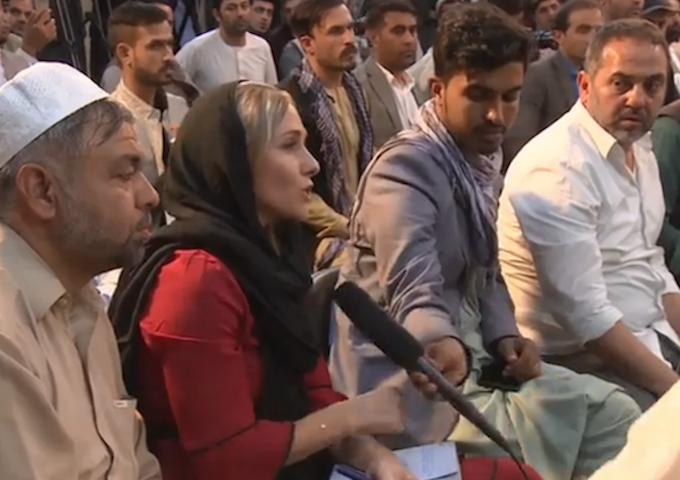1. NATO. In exchange for needed Soviet consent to the reunification of East and West Germany in 1990, the US and NATO promised that NATO would not expand into former Warsaw Pact countries in central Europe. Said promise proved worthless as every US President, beginning with Bill Clinton in 1999, has violated that commitment even to the point that NATO now includes three former Soviet Republics and has plans to bring in two more (Ukraine and Georgia). Background:
- NATO was formed (in 1949) at the behest of the US and Britain as an anti-Soviet military alliance to fight Communism in postwar Europe, both: to prevent its spread to capitalist countries where Communist Parties were winning some elections, and (it was hoped) to undermine and rollback Communism in countries where Communist Parties held state power. Assertions that NATO was a defensive alliance against the threat of a Soviet invasion of western Europe is pure fantasy; the USSR had been devastated by the War and very much wanted peaceful coexistence with the capitalist West. In fact, Stalin and his successors always prioritized Soviet security over the spread of Communism. With the disintegration of the USSR (in 1991) and the embrace of capitalism by Russia and all other former Warsaw-Pact member countries, NATO’s principal raison d’être ceased.
- With crony-capitalist President Boris Yeltsin in control of the dysfunctional corruption-ridden Russian state following the collapse of the USSR, both Yeltsin and the US wanted to align Russia with the capitalist West. However, the US could not resist the temptation to expand the military component of its Western Empire so as to increase US hegemony over Europe as well as create new profit opportunities for US and west European transnational capital (including military contractors) In so doing, the West disrespected and alienated Russia.
- As an increasingly antagonized Russia refused to comply with US and NATO dictates, the US placed intermediate-range missile batteries (planned from 2008, deployed in 2018) in new-NATO-member countries (Poland and Romania). Thus, the US increased the threat to Russian national security, apparently hoping to intimidate a weakened Russia into being more submissive. Said deployment also violated the Intermediate Range Nuclear Forces [INF] Treaty.
- More recently, the US and NATO have conducted offensive military exercises in new-NATO-member states along Russia’s border, simulating preparations for an attack on Russia. Russian military exercises and deployments, as well as its diplomatic demands, are very much in response to threatening NATO actions.
The US, NATO, and the legacy news media portray NATO as an instrument for maintaining peace and democracy in Europe. However, while NATO seeks to expand to the very borders of Russia, Russia is explicitly excluded from admission to membership. In fact, NATO is (as always) a key military force for Western imperialism; and that now includes actions to confine Russia so as to prevent it from having influence anywhere beyond its own borders.
2. New NATO members. Most countries in central and eastern Europe have historically been antagonistic toward Russia. During much of the interwar period; Poland, Romania, and the Baltic states were ruled by usually-autocratic right-wing regimes which permitted their territories to serve as bases for infiltration (by France, Britain, and other anti-Soviet states) of assassins, saboteurs, spies, and other covert wrecking operatives into the Soviet Union. Moreover, Hungary, Romania, Slovakia, and Baltic-state governments joined Nazi Germany in the War against the USSR. Further, former Warsaw-Pact countries are poor by comparison with western Europe. By joining the EU and NATO while claiming a need for protection against a purported Russian threat, they have been able to obtain considerable economic aid and benefits. As for the alleged Russian threat, it should be noted that the USSR consistently respected the postwar independence and territorial integrity of bordering capitalist Finland (which remained neutral in the Cold War). Moreover, despite the post-Soviet Baltic states often mistreating their ethnic Russian minorities, Russia has consistently respected their independence and territorial integrity.
3. Russia. Most US and NATO-ally political leaders (including nearly every member of Congress from both parties) “justify” their hostility toward Putin’s Russia by claiming that it is an autocratic regime seeking to recreate the Russian Empire. In fact, the Russian government, like its US and other NATO counterparts, is a multi-party electoral regime. Is there repression? There is; but there is also repression and political prisoners in the US (Leonard Peltier, Ricardo Palmera, Mumia Abu-Jamal, Edward Poindexter, Veronza Bowers, and several others). Is there some election rigging? There is; but that is true also of the US (electoral college, partisan gerrymanders, felon disfranchisement and other voter suppression practices directed especially at racial minority voters). Is the Putin regime semi-autocratic? It is; but so are NATO allies Poland and Hungary, while NATO ally Turkey is much worse. Moreover, however deficient Russia is as a liberal democracy, Ukraine is far worse. Further, the US has no hesitation in supporting absolutely autocratic regimes such as Saudi Arabia. Do capitalist oligarchs exploit workers and national resources in Russia? They do, but that is so also in the US and its NATO allies. Self-righteous US and NATO disparagement of Russia as an “anti-democratic” outlier is the height of hypocrisy. Does Russia seek to maintain a sphere of influence (in Belarus, Kazakhstan, and a few other allies)? It does; but Russia’s foreign policy is primarily defensive, and its imperialism pales to insignificance in comparison with that of the US-led West. We do not have to approve of the Putin regime in Russia; but those who brand Russia as the aggressor, based upon nothing more than its commonplace deficiencies as a liberal “democracy”, are making a pretext to “justify” their stance as apologists for Western imperialism.
4. Ukraine’s government. The US (thru NED and CIA) has funded (since the 1990s) pro-Western anti-Russian groups in Ukraine (and also in Belarus) in hopes of bringing it into the EU and NATO. This has emboldened chauvinistic ethnic-Ukrainian nationalists and fueled intense ethnic and partisan conflict within the ethnically diverse Ukrainian populace. Further, the US incited and supported the illegal 2014 overthrow of Ukraine’s democratically-elected President Viktor Yanukovych (in response to his decision to reject an EU economic proposal which would have aligned Ukraine with the West rather than maintain a more beneficial neutrality between Russia and the West). In fact, US State Department Assistant Secretary Victoria Nuland and other US government leaders (including Senator John McCain) attended anti-Yanukovych rallies in Kyiv and urged them to overthrow their elected government. Ukrainian factions which spearheaded the violence in this coup d’etat consisted of anti-Russia neo-Nazi factions including the Right Sector paramilitary organization and the Svoboda Party . Moreover, while the current regime outlaws the Communist Party and even criminalizes the use of Communist symbols, it embraces and erects monuments to wartime Nazi collaborators including Stepan Bandera whose OUN [Organization of Ukrainian Nationalists] participated in the mass murder of Ukrainian Jews. The coup regime subsequently incorporated neo-Nazi paramilitaries into its national armed forces (Azov Battalion) for use against rebel forces in the Donbas. The US and NATO now have a repressive racist client regime in Kyiv which is a pawn in their new cold war against Russia.
Note regarding the National Endowment for Democracy (NED). NED was created by Congress in 1983 and receives virtually all of its funding from the US government. While NED’s purported mission is the promotion of “democracy”, this is construed to mean: (1) support for opposition groups (media and civil society organizations) in countries with governments (including popularly elected governments) which oppose US foreign policy and the abuses perpetrated by transnational capital, and (2) provision of its funding and other assistance only to organizations which are pro-Western and supportive of private-enterprise capitalism. NED, which like the CIA operates throughout the world, has funded partisan media and “civil society” organizations in scores of countries (Ukraine, Venezuela, Nicaragua, and Syria among them). It does not engage in democratic advocacy in autocratic US allies (Saudi Arabia, UAE, Bahrain, Qatar). Meanwhile, the US government offers no more than lip-service concern for the victims of repression by Western-backed client regimes.
5. New cold war. With the need for a unified international response to: impending climate catastrophe, the Covid-19 pandemic, the new nuclear arms race, and other existential issues; one would hope that the US would work cooperatively with other countries (including: Russia, China, Iran, Cuba, Venezuela, DPRK, and so forth) to deal effectively with these threats. Why then this US determination to treat these other countries as enemies rather than as partners? Said new cold war (along with another against China) provides “justification” for hugely excessive US military expenditures (providing huge profits to capitalist military contractors as well as to fossil fuel companies which provide huge amounts of product for US military operations). Moreover, any country which refuses to comply with Western imperial dictates sets an unpalatable example which undermines US world-domination and the neoliberal world order (which enables transnational capital to reap most of its profits). New cold wars (and false-pretense regime-change wars against vulnerable countries [e.g. Iraq in 2003 and Libya in 2011] which refuse to submit to Western imperial dictates) also provide opportunities for careerist foreign policy officials (in the State and Defense Departments, CIA, NSA, et cetera) and for major-party politicians (funded by capitalist interest groups) to bolster their credentials as hawkish champions of purported US “national security interests” (which are defined to include preserving the US position as the dominant superpower).
6. Strife within Ukraine. Upon seizing state power, the US-backed coup regime in Ukraine acted to suppress language rights for the 29% of the population for whom Russian was their native language. The ousted President Yanukovych had been a proponent of making Russian the second state language of Ukraine (as it had been prior to the breakup of the USSR). Immediately after the coup, the new regime acted to repeal a 2012 Yanukovych-era law which gave language rights to all locally-sizable minorities (not only Russian-speakers) in regions with such minority populations. That repeal action provoked popular protests in southern and eastern Ukraine. The US-backed regime has subsequently enacted new legislation: substantially reducing the language rights of minorities, and also suppressing the use of Russian in education and the media. In 2016, the regime even imposed restrictions on the importation of Russian-language books (which, until then, had constituted 60% of such imports). Consequences of the anti-Russian and anti-minority policies: the 2014 secession of the (officially autonomist) Crimea region which soon after sought and obtained reintegration into Russia, and the current Ukrainian civil war between the central government and the breakaway Donbas regions. The US fuels this civil conflict: by denouncing Russia and the Donbas rebels, and by arming the central government as it seeks to crush said Donbas rebellion thru brute force. The US portrays the Donbas rebels as separatist pawns of Russia; but, in fact, although the hostility of the anti-Russian regime in Kyiv has undoubtedly produced much separatist sentiment in the Donbas breakaway regions; their longstanding demand, consistently endorsed by Russia (until losing patience in 2022), was for autonomy within a unified Ukraine. Moreover, the Kyiv regime agreed to such autonomy in the 2014 and 2015 Minsk accords (which the US supported in a unanimous UN Security Council vote in 2015); but, yielding to pressure from anti-Russian chauvinists, Kyiv (with US acquiescence) has persistently refused to implement it.
7. Crimea. The US and NATO use a double standard to justify their hostility toward Russia by branding the secession of Crimea from Ukraine and its subsequent re-unification with Russia, in defiance of the will of the US-supported client-regime, as a Russian aggression in violation of international law. However, the US exhibited a complete disregard for such purported international law when it intervened (1999) in Serbia with armed force to separate Kosovo (with the approval of its ethnic Albanian majority) from Serbia in defiance of the will of the Serbian government. Hence, a hypocritical double standard. The West also evades the relevant fact that Crimea had a long history as part of Russia. In fact, sovereignty over Crimea had been transferred from Russia to Ukraine in 1954 by a decision (of disputed legality) by Soviet leader Khrushchev without the consent, and contrary to the wishes, of Crimea’s predominantly ethnic Russian population; and most of the Crimean population welcomed their 2014 reunification with Russia.
Ω. Conclusion. If the US and NATO had really cared about what was best for the people of Ukraine, they would have urged its government to make peace with Russia, Crimea, and the Donbas rebels: by accepting the secessionist will of the Crimeans, by implementing the promised autonomy for the breakaway Donbas regions, by committing to respect the language and other human rights of its minorities, by suppressing its neo-Nazi and allied hate groups, and by rejecting NATO membership and other anti-Russian policies. In fact, the Western powers have cynically used Ukraine as a pawn in their new cold war against Russia. In their arrogance they have pushed nuclear-armed Russia to the point that it has concluded that it must respond with military force. The West’s new cold wars may be a boon for powerful sectors of transnational capital (especially military contractors and fossil fuel producers); but it is detrimental for the peoples of Ukraine, Russia, and much of the EU.
The post New Cold War Conflict over Ukraine first appeared on Dissident Voice.This post was originally published on Dissident Voice.

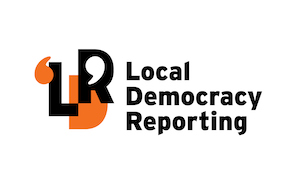
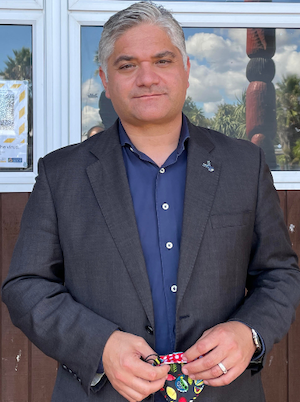
 Provisions are in place across the country to help anyone sleeping rough in bad weather. This is known as
Provisions are in place across the country to help anyone sleeping rough in bad weather. This is known as 

